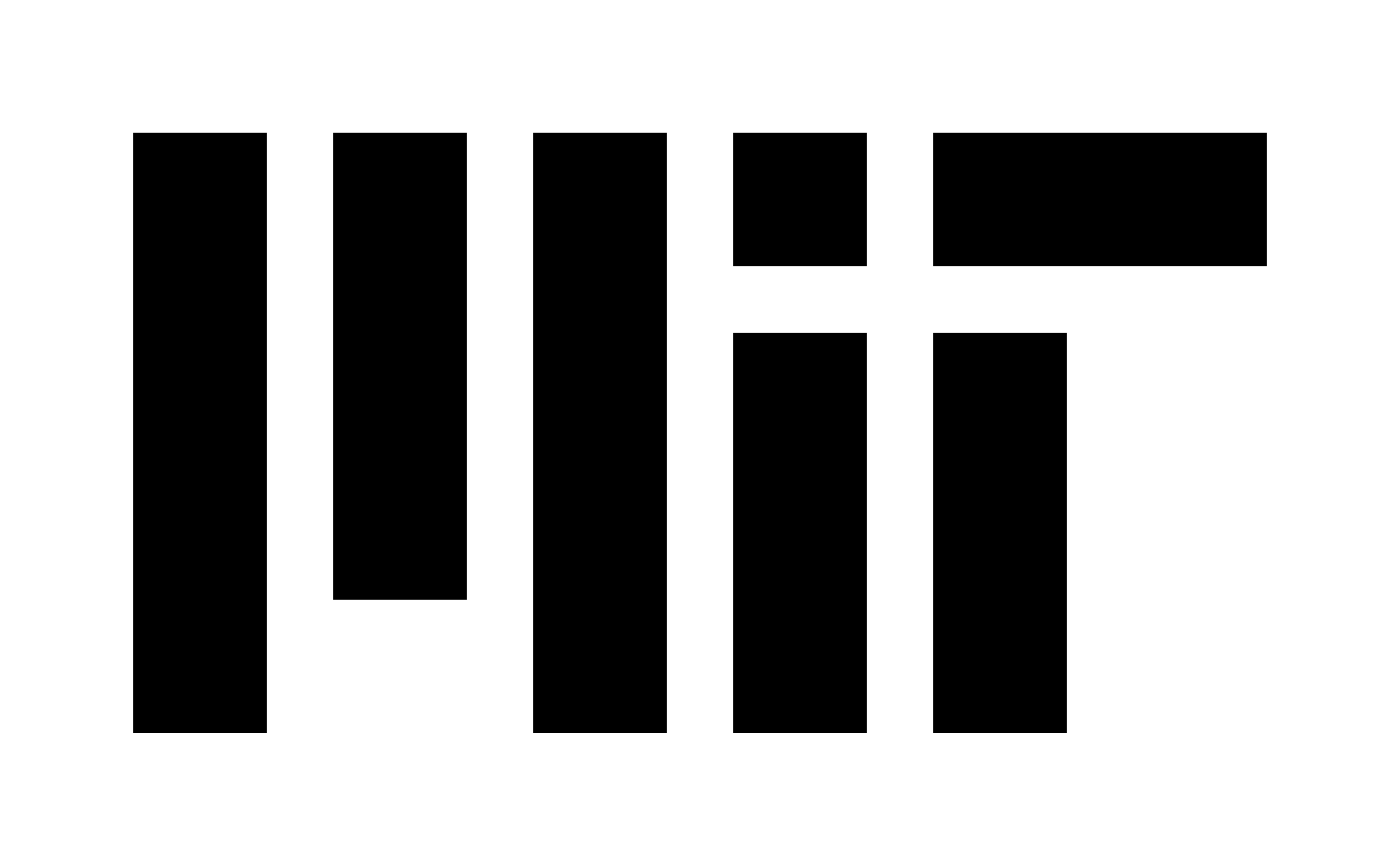Tag: AMR
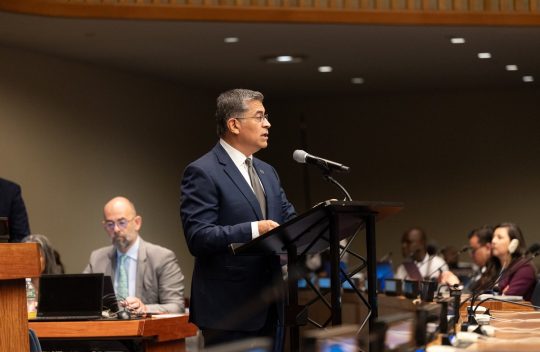
ARPA-H project to accelerate the discovery and development of new antibiotics using generative AI
Today, the U.S. Department of Health and Human Services (HHS) through the Advanced Research Projects Agency for Health (ARPA-H) announced funding for the Transforming Antibiotic R&D with Generative AI to stop Emerging Threats (TARGET) project, which will use AI to speed the discovery and development of new classes of antibiotics. This program is another action to support the United States’ longstanding commitment to combating antimicrobial resistance (AMR), from groundbreaking innovation to international collaboration. The U.S. is a global leader in the fight against AMR and has a demonstrated track record of progress in protecting people, animals, and the environment from the threat of AMR domestically and globally.“Antibiotic resistance is a real and urgent threat affecting millions of people. We need to prevent infections and conserve the antibiotics we have. We also urgently need new drugs to treat these increasingly resistant infections. This project will use AI to speed this needed innovation and help ensure we have the medicines we need to keep people alive,” said Secretary Xavier Becerra. Learn more
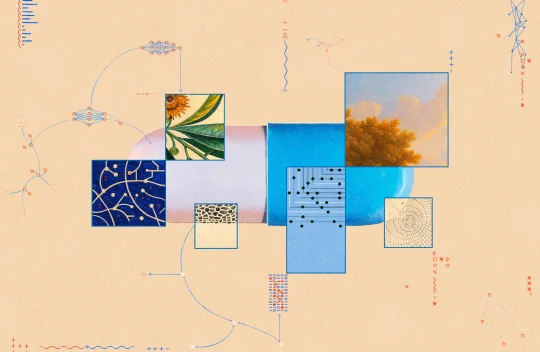
How Machines Learned to Discover Drugs
When I first became a doctor, I cared for an older man whom I’ll call Ted. He was so sick with pneumonia that he was struggling to breathe. His primary-care physician had prescribed one antibiotic after another, but his symptoms had only worsened; by the time I saw him in the hospital, he had a high fever and was coughing up blood. His lungs seemed to be infected with methicillin-resistant Staphylococcus aureus (MRSA), a bacterium so hardy that few drugs can kill it. I placed an oxygen tube in his nostrils, and one of my colleagues inserted an I.V. into his arm. We decided to give him vancomycin, a last line of defense against otherwise untreatable infections.Ted recovered with astonishing speed. When I stopped by the next morning, he smiled and removed the oxygen tube, letting it dangle near his neck like a pendant. Then he pointed to the I.V. pole near his bed, where a clear liquid was dripping from a bag and into his veins.
“Where did that stuff come from?” Ted asked.
“The pharmacy,” I said.
“No, I mean, where did it come from?”
At the time, I could barely pronounce the names of medications, let alone hold forth on their provenance. “I’ll have to get back to you,” I told Ted. He was discharged before I could. But, in the years that followed, I often thought about his question. Every day, I administer medicines whose origins are a mystery to me. I occasionally meet a patient for whom I have no effective treatment to offer, and Ted’s inquiry starts to seem existential. Where do drugs come from, and how can we get more of them? Learn more
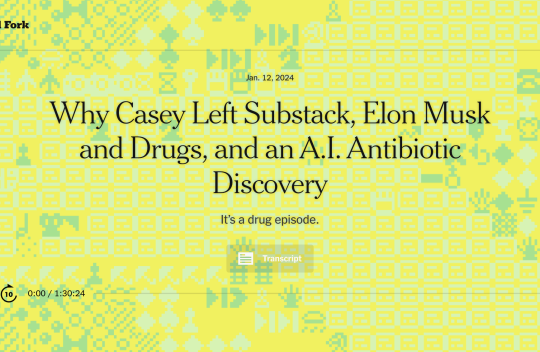
Why Casey Left Substack, Elon Musk and Drugs, and an A.I. Antibiotic Discovery
Casey is taking his newsletter Platformer off Substack, as criticism over the company’s handling of pro-Nazi content grows. Then, The Wall Street Journal spoke with witnesses who said that Elon Musk had used LSD, cocaine, ecstasy and psychedelic mushrooms, worrying some directors and board members of his companies. And finally, how researchers found a new class of antibiotics with the help of an artificial intelligence algorithm used to win the board game Go.Today’s guests:
Kirsten Grind, enterprise reporter for The Wall Street Journal
Felix Wong, postdoctoral fellow at M.I.T. and co-founder of Integrated Biosciences
Additional Reading:
Why Platformer is leaving Substack.
Elon Musk has reportedly used illegal drugs, worrying leaders at Tesla and SpaceX.
Researchers have discovered a new class of antibiotics using A.I. Learn more
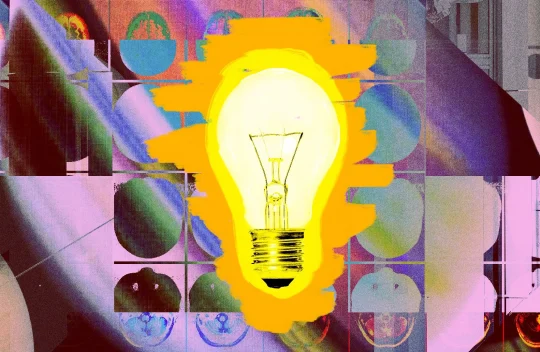
A year of discovery
Why it matters: the world is in urgent need of new ideas and inspiration to address chronic and infectious diseases, climate change, energy demands and other complex and consequential problems.Here are some of the biggest discoveries and advances of 2023...
AI-assisted discovery: The push to use AI for science notched some advances in 2023 — including solving a famous math problem, finding a new class of antibiotics and predicting the structure of nearly 400,000 possible new materials, which are needed for next-generation batteries, solar cells and computing. Learn more
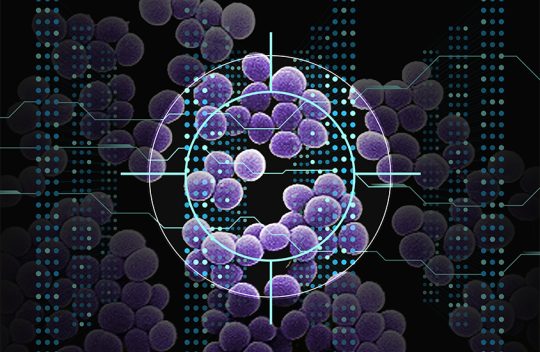
Using AI, MIT researchers identify a new class of antibiotic candidates
Using a type of artificial intelligence known as deep learning, MIT researchers have discovered a class of compounds that can kill a drug-resistant bacterium that causes more than 10,000 deaths in the United States every year. Learn more
